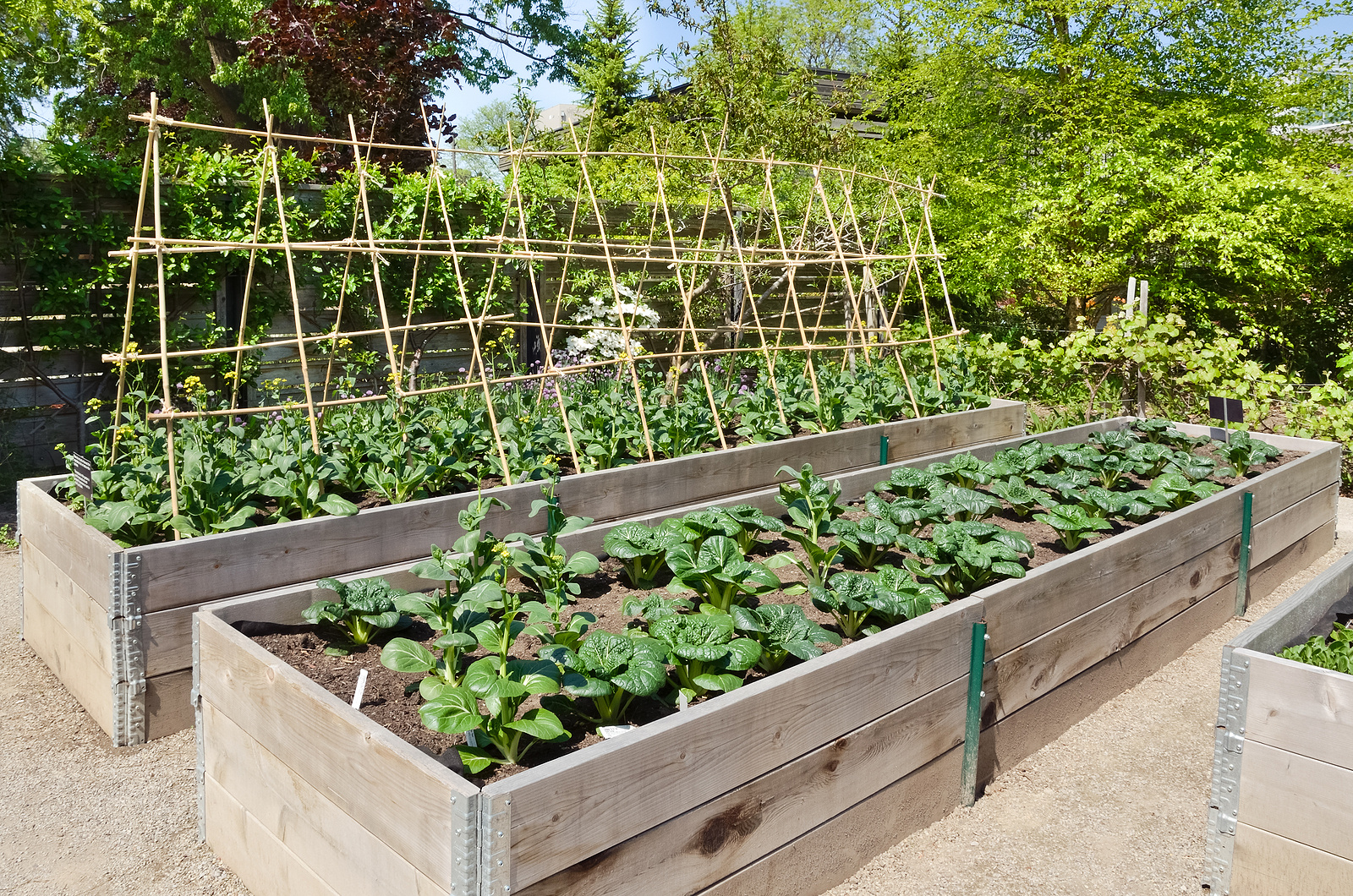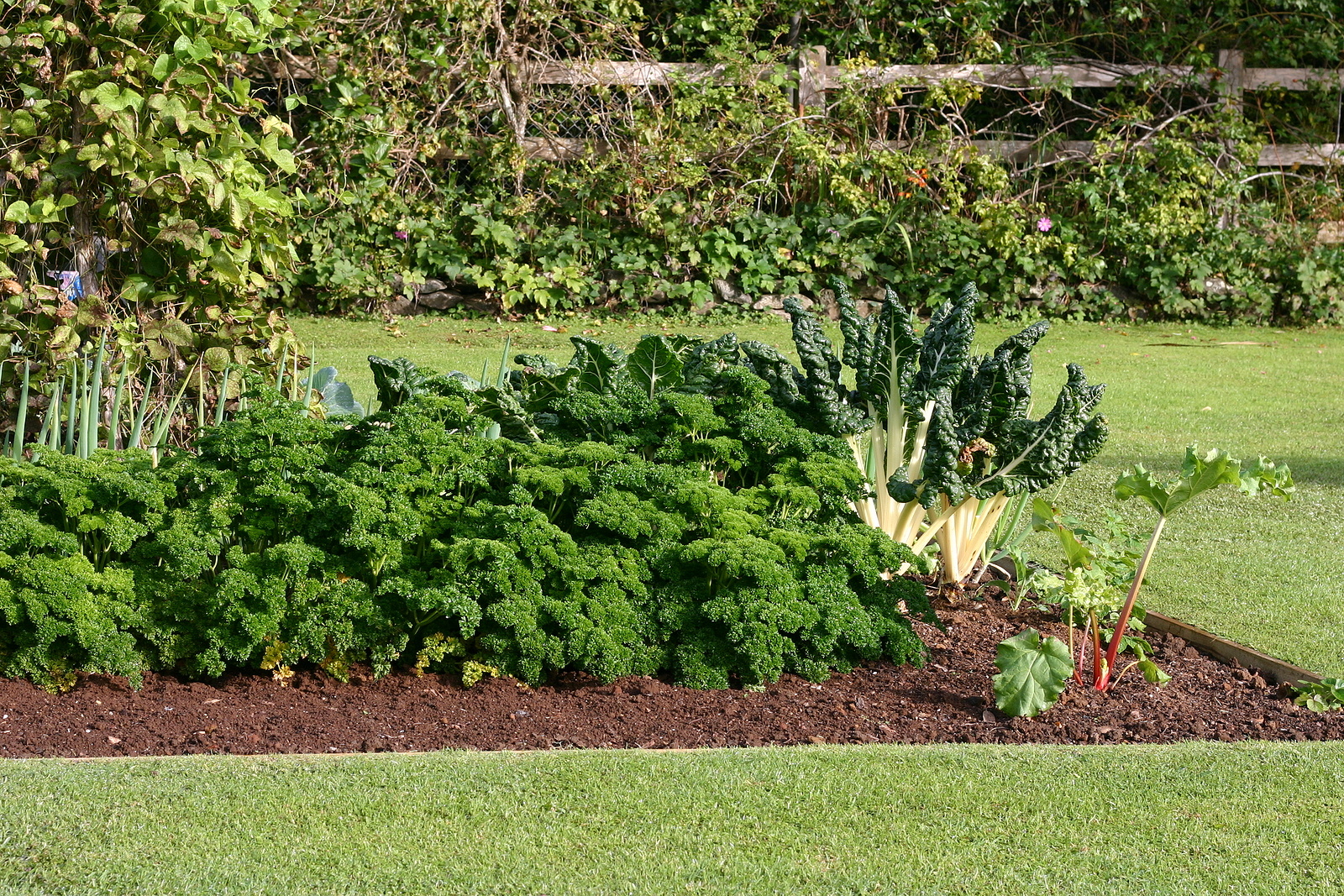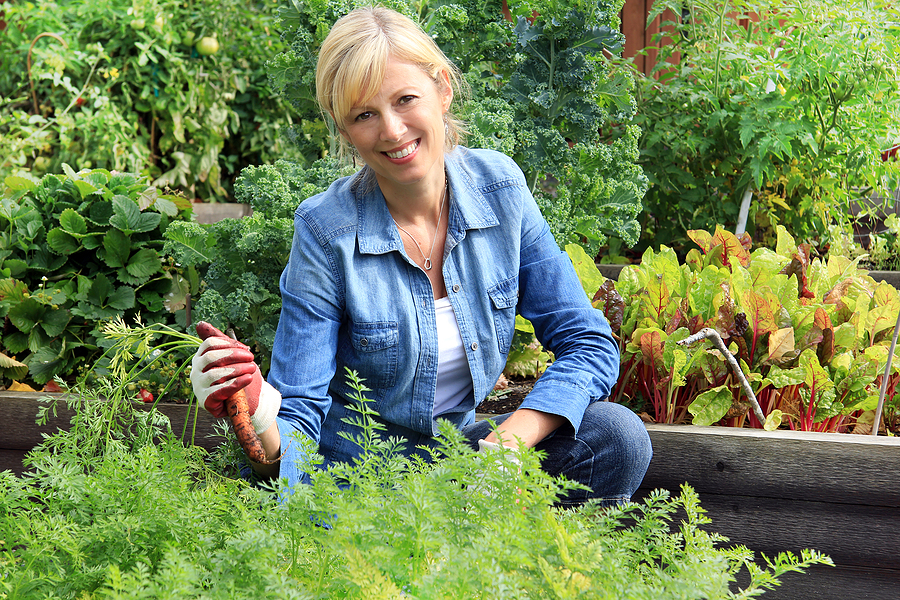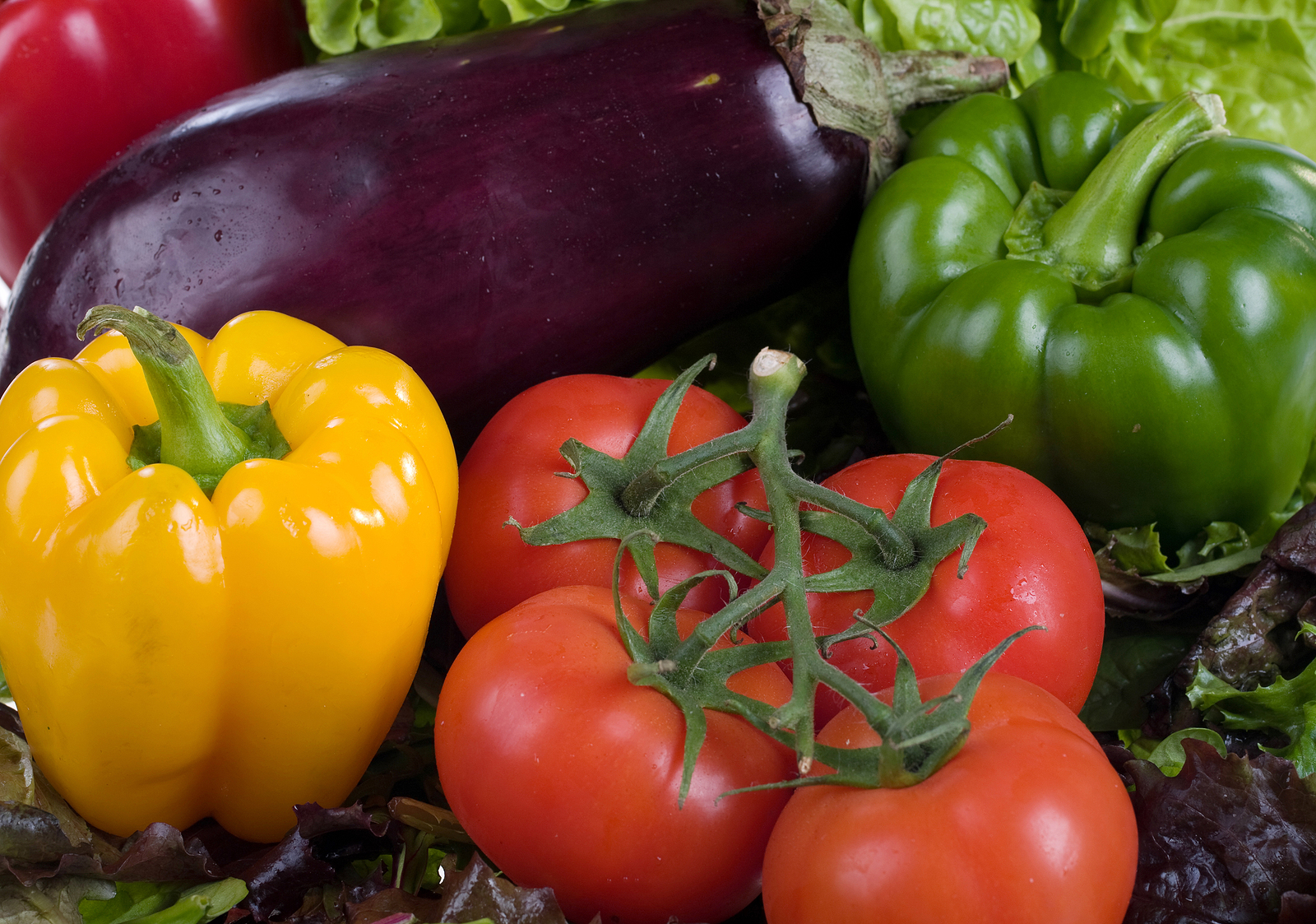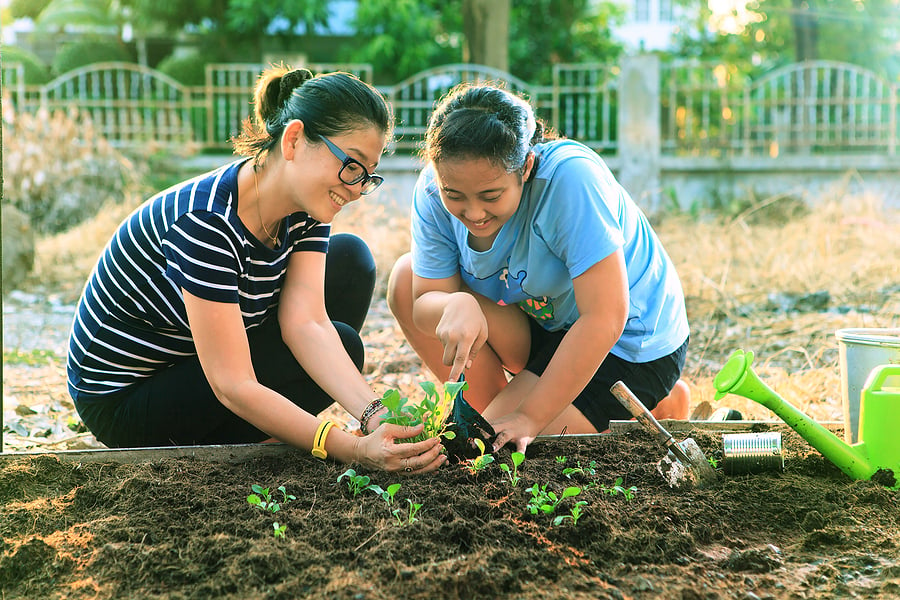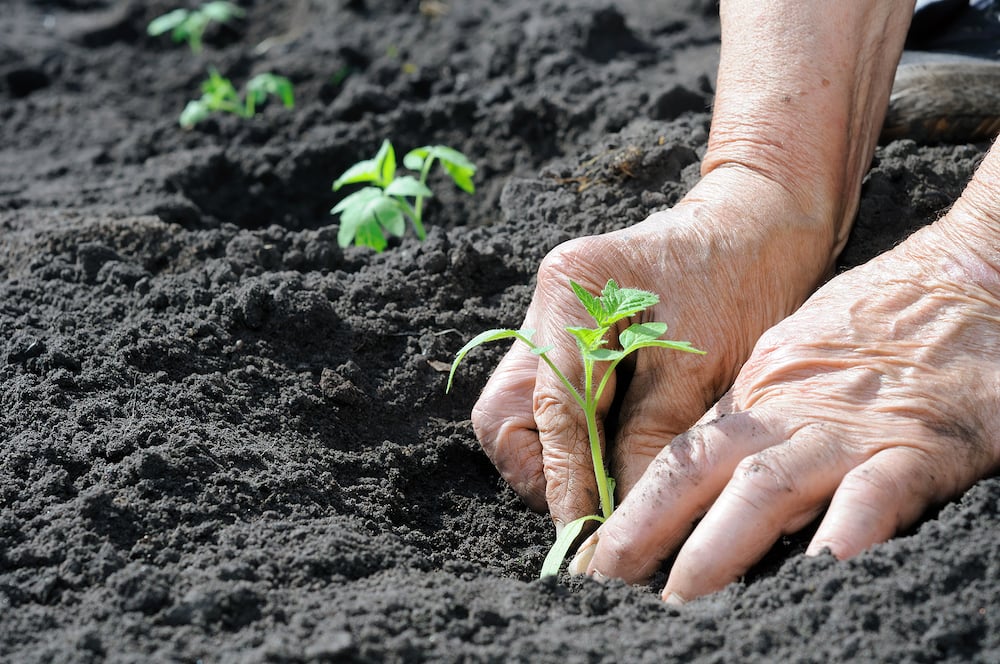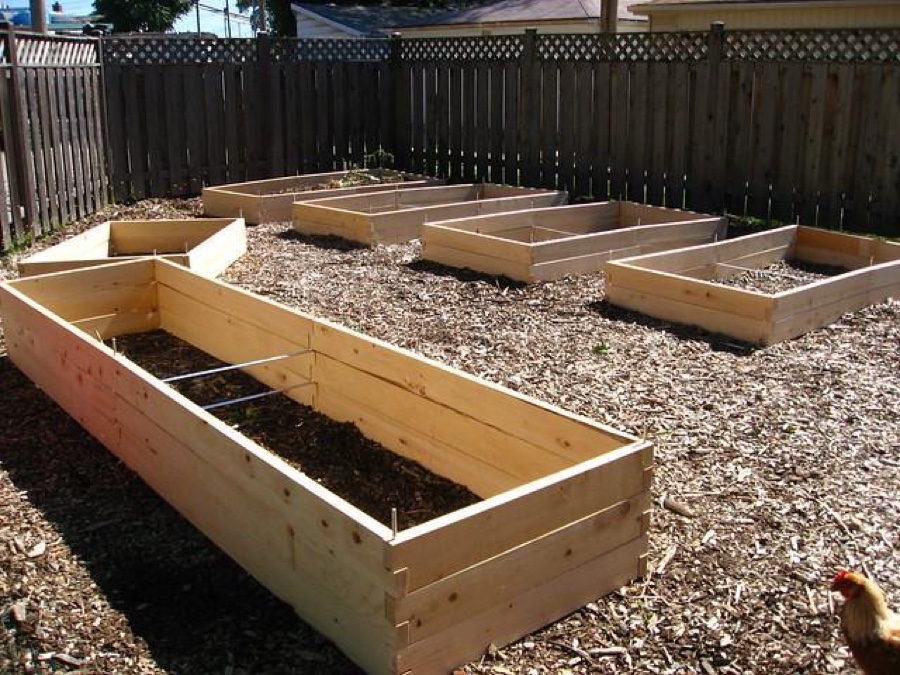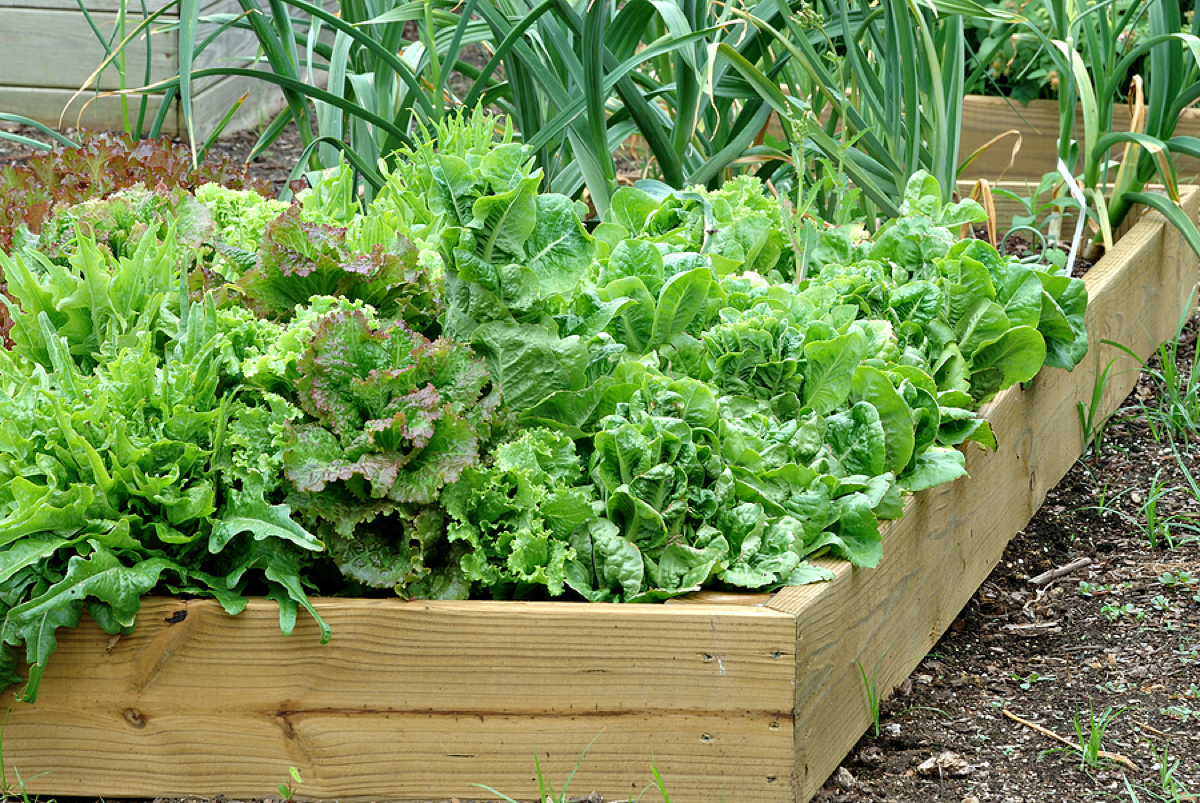Many beginner gardeners are excited to start a new garden project simply to provide their family with tasty, fresh produce throughout the summer months. But others, like you, may have a different goal in mind: to grow your own vegetables as part of a journey to become more self-reliant.
One of the best parts of beginning a home garden to improve your self-sufficiency is that you can start right now, right where you are, even if your landscape doesn’t have a lot of space and can accommodate only a small garden.
However, if you’re building a garden with the goal of self-sufficiency, you’ll want to take some careful steps in your planning before you start digging in the dirt.
Here are some factors you should consider when you’re building your new veggie garden with a self-reliant lifestyle in mind.
How to Plan Your Garden for Self-Sufficiency
Calculate Your Needs
Before you plant a single seed or transplant, there are some important questions you should answer about your family’s food needs to make your veggie garden as efficient as possible. For example:
- How many people will my garden support? Are they adults, children, or a combination?
- What vegetable likes and dislikes do my family members have?
- Which vegetables are the most versatile in how they can be used in meals?
- What variety of vegetables will support the best balance of nutritional and dietary needs?
- How much space for food storage do I have available?
To get a specific number, calculate how many pounds of specific vegetables from the grocery store your family consumes in a typical week, and then multiply that by 52. Then, assess its average yield to determine the number of plants you need to meet your family’s needs.
With any vegetable garden, there’s always a risk that issues like germination failure, weather patterns or pests can negatively affect your harvest. To mitigate this, you can plant a larger number of plants, often 10 to 20 percent, than your calculations call for.
You likely won’t calculate any of this perfectly, especially in your beginning years, and that’s ok. Even when you start small, every positive step you take, no matter how simple, is another building block to a self-sufficient lifestyle.
Choose Your Plants
When you’re creating a garden plan with the goal of self-sufficiency, you should think carefully about the types of vegetable plants you choose.
As delicious as they are, you probably don’t want to go all in on vegetables like dainty radishes, for example. Tomatoes, on the other hand, are a versatile option that can be preserved whole, or as sauces, soups or bases for hearty meals like chili all fall and winter long.
When selecting your vegetables, place particular emphasis on native plants that are already well-adapted to the local climate. They’ll require less attention and resources than more exotic varieties to thrive, and also can help control garden pests naturally.
Companion planting can help you maximize your garden layout (an especially great option if you’re working with a small space). Through this practice, you’ll plant different types of vegetables that are mutually beneficial and grow well together.

For one example of this symbiotic relationship, we can look to tomatoes and basil. The strong scent of basil may repel insects that naturally are attracted to tomato plants, while the tomatoes’ large leaves can protect the herb from strong sun and retain moisture in the soil. (When you understand companion planting, it’s no wonder why these two flavors taste so great together when you pair them in a meal!)
To increase your yield, you also can try succession planting. With this strategy, you can sow certain vegetables throughout the growing season, rather than just once at the beginning of the spring. Leafy greens, root vegetables like beets and herbs are all some of the best vegetables for succession planting.
If you’re interested in trying this, we recommend that you plant just a few rows of the chosen vegetable in your raised bed, then return a week or two later to plant a few more. This way, you’ll end up with a continuous supply throughout the spring and summer — and won’t find yourself faced with 40 heads of lettuce coming in at once in your vegetable beds.
When creating your garden plan, you also should make note of your growing zone, also called the hardiness zone, to determine which vegetables are most likely to thrive in your area. According to the U.S. Department of Agriculture, Massachusetts falls within the 5a, 5b, 6a, 6b, 7a and 7b hardiness zones.
 Source: U.S. Department of Agriculture
Source: U.S. Department of Agriculture
Build Your Garden
Now that you have a sense of what you want to plant, it’s time to bring your garden to life. If you’ve followed the steps above, you’ll have a general sense of just how much garden space is required to give your chosen plants the best chance for success.
The first step in planning your vegetable garden layout is to select its location in your landscape design. The amount of light required can vary from vegetable to vegetable, but generally, you want a location for yours that receives the most full sun possible.
Next, you’ll need to choose which type of vegetable garden you’d like to plant to grow your own vegetables. Directly sowing the plants in ground is one option; however, we recommend raised garden beds for a variety of reasons, including:
- More efficient use of the garden space per square foot
- Warmer soil, which extends the early spring and fall growing seasons
- Better control over garden soil quality
- Improved drainage
- Simplified maintenance through reduced weed growth and better pest management
- An elevated design that improves accessibility
- With proper care and maintenance, your garden’s soil and quality will improve
As a self-sufficient gardener, you may be interested in going the DIY route for building your raised garden beds and overall garden space. While this can be an attractive option, we suggest that you explore working with a professional company experienced in garden design for your project, for a few reasons.
First, beginning any vegetable garden for the first time is an investment, both in time and money. By working with a pro, you’ll save both in the long run.
Planting a vegetable garden for the first time comes with a steep learning curve, so a ready source of professional expertise can be an invaluable resource that saves you countless hours. They also can help you choose the most cost-effective materials and avoid waste, which is a great cost-savings.
In addition, if your goal is to become self-sufficient as quickly as possible, an experienced professional can help you avoid new-gardener mistakes that may negatively impact your harvest — or worse, kill it altogether.
Maintain Your Garden
Natural, eco-friendly practices are the best way to maintain your garden and keep it healthy — and fortunately, this approach dovetails perfectly with a self-sustainable lifestyle.
One of the most common ways homeowners do this is by creating their own compost to fertilize their garden. Fruit and vegetable scraps from cooking, plant clippings, leaves, shredded newspaper and coffee grounds all can be used to create rich, nutrient-packed organic matter to amend, fertilize and mulch your garden.

Starting a compost pile is a simple process — even just a covered trash bin with a few holes drilled inside is all you need to begin creating your own.
Another popular project for the self-sustaining home gardener is rainwater collection, also known as rainwater harvesting, to save natural rainfall for future use in the garden (or even for your landscape irrigation).
In Massachusetts, a number of towns have partnered with Great American Rain Barrel to offer their community members the opportunity to purchase rain barrels for their personal use at a reduced cost. Check with your local authorities to learn more about what options may be available to you.
Harvest and Prepare Your Food
Freezing, canning and dehydrating are some of the most common methods home gardeners use to preserve their food from the garden. You’ll find that once your plants start producing, they start producing — and if you’re only thinking about how you want to preserve food then, you’re already behind.
Do your research into your options into what you want to preserve and how. Buy your supplies ahead of time so that once your plants are ready to harvest, you’re ready to go. You’ll maximize the amount you’re able to preserve and minimize the risk of spoilage because you couldn’t keep up with it all.
Beyond simply building up your stores of food, preserving your garden produce offers other benefits. A tomato from the grocery store in January has a fraction of the flavor and color from one harvested at the peak of the growing season in August. In addition, preserving fruits and vegetables picked at their most ripe also maximizes their nutritional and health benefits.
Ready to learn more about beginning a home vegetable garden? Please download our free ebook, The Backyard Bounty: A Beginner’s Guide to Growing Fresh Food, Saving Money and Enjoying Nature.


